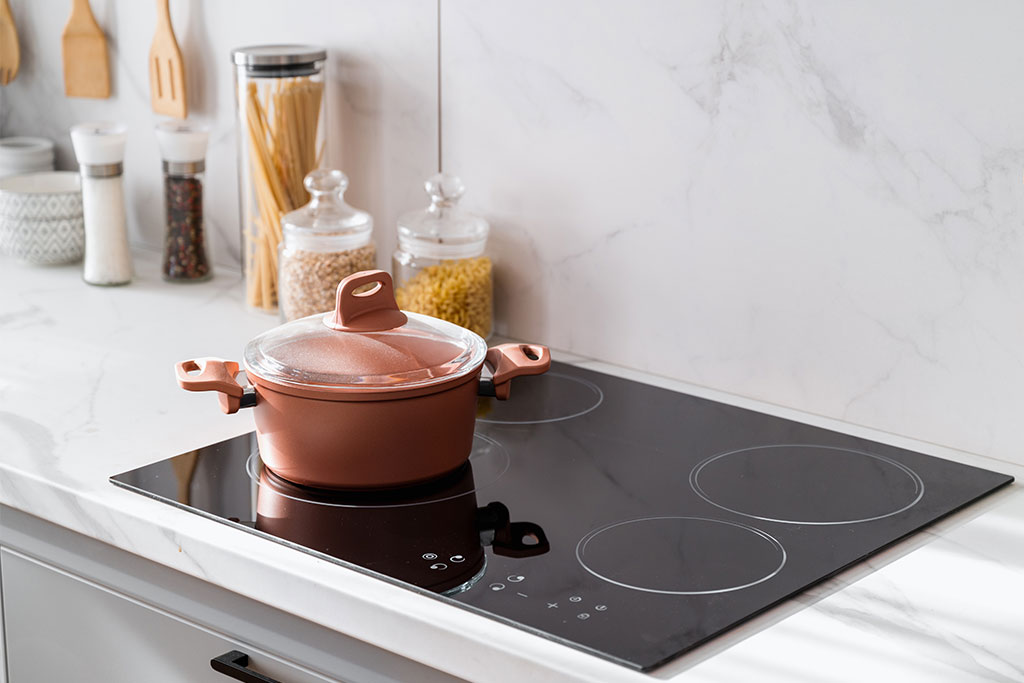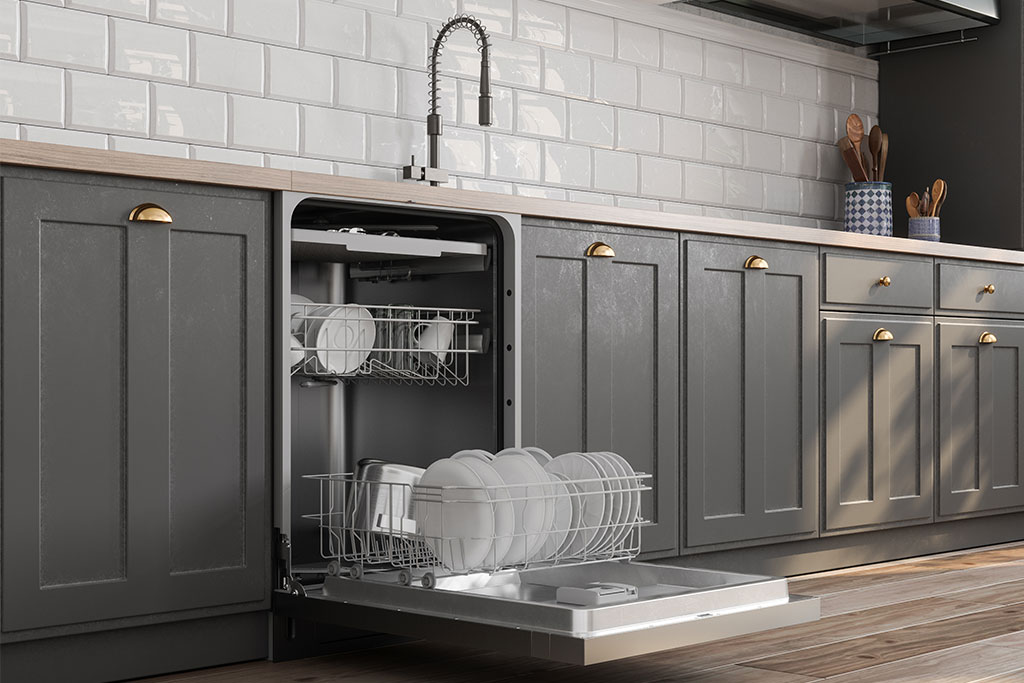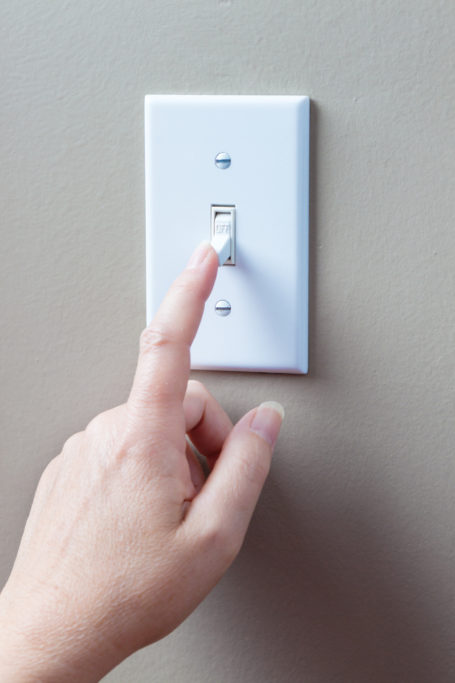A Kitchen-Appliance Shopping Guide
Whether you’re moving into a new home or updating your current one, shopping for new kitchen appliances can be a complicated task.
With so many brands, models, and technological features available, it may be easy to get overwhelmed. Use this guide to take some of the guesswork out of the decision process and find the best models for your style, needs, and budget.

The basics
Price is one of the biggest factors to consider when choosing kitchen appliances. According to the home-project website HomeGuide, a standard package (refrigerator, stove, dishwasher, and microwave) ranges between $2,100 and $5,400 on average. But these costs can vary widely based on the type, model, and features. For instance, a no-frills, top-freezer fridge may demand less than $400, while a high-end, glass-front model with an air-purification system based on NASA technology could put you out more than $15,000.
To avoid overspending, set a budget before shopping and identify the exact parameters you want; if you’re buying multiple appliances, you may also be able to reduce the total price by bundling them together. Be sure to carefully measure your space beforehand so you know what length, width, and depth you need. And for a cooktop or oven, you’ll need to decide whether to get a gas, electric, or induction model; if your home doesn’t support gas appliances, you may be able to equip it to do so for an extra cost.

Style
An appliance’s style can significantly impact a kitchen’s look, so pay attention to aspects like the color, material, and shape as you shop. Stainless steel, black, and white are popular and versatile choices, or you could opt for a more out-of-the-box hue like yellow. For a seamless appearance, consider counter-depth appliances that won’t protrude past your cabinetry—just note that they may cost more than standard-sized ones. Whatever you choose, pick something you’ll be happy with for the long term since most major appliances last between eight and fifteen years on average.
Features
Of course, style isn’t the only factor to think about when browsing kitchen appliances—functionality is equally important. What features you prioritize will depend on your cooking habits. Serious home chefs, for one, may want a range with handy options like a double oven or an air fryer. You could also invest in an industrial-style range hood to efficiently remove smoke, grease, and odors from the air as you work your magic.
Meanwhile, if you often feed a crowd, consider a dishwasher with a durable stainless-steel tub. Some also offer an extra third rack for silverware and other small items to free up room for more dishware.
As for your refrigerator, its configuration can make a huge difference in its capacity. For example, a French-door model will give you extra fridge space, whereas a side-by-side one can yield extra freezer room. And if you’re a big ice cream fan, you may appreciate a top-freezer option so your frozen treats can be more readily accessible at eye level.

Energy efficiency
Kitchen appliances can gobble up a lot of energy, so do yourself and the earth a favor by buying energy-efficient models. An easy way to ensure this is by selecting ones with an Energy Star label, meaning they’ve met strict EPA energy-efficiency standards. In addition, you can reduce how much energy your refrigerator uses by opting for a top- or bottom-freezer model over a side-by-side or French-door version—the larger doors on the latter two allow more warm air into your fridge, making it work harder to stay cool.
Keep the type in mind when selecting ranges and ovens as well. You can use about 15 percent less power by choosing an induction range over an electric-coil or gas-powered one and 20 percent less by picking a convection oven over a standard one, according to Consumer Reports.
Smart tech
Today’s appliances don’t just cook, wash, or cool—they can also give you access to the internet to assist with everything from prep to cooking to cleanup. For instance, some smart fridges will send you an alert when you’re running low on something or when an item is close to its expiration date; you may even be able to order what you need right from the fridge itself. Such appliances will likely cost more than standard models, but the convenience they provide may make the extra expense worth it.
Buying kitchen appliances can be a big investment, so do yourself a favor by researching the reliability and features of any models you’re considering. Choose wisely, and you’ll increase your odds of purchasing products that can serve you well for years to come.


















